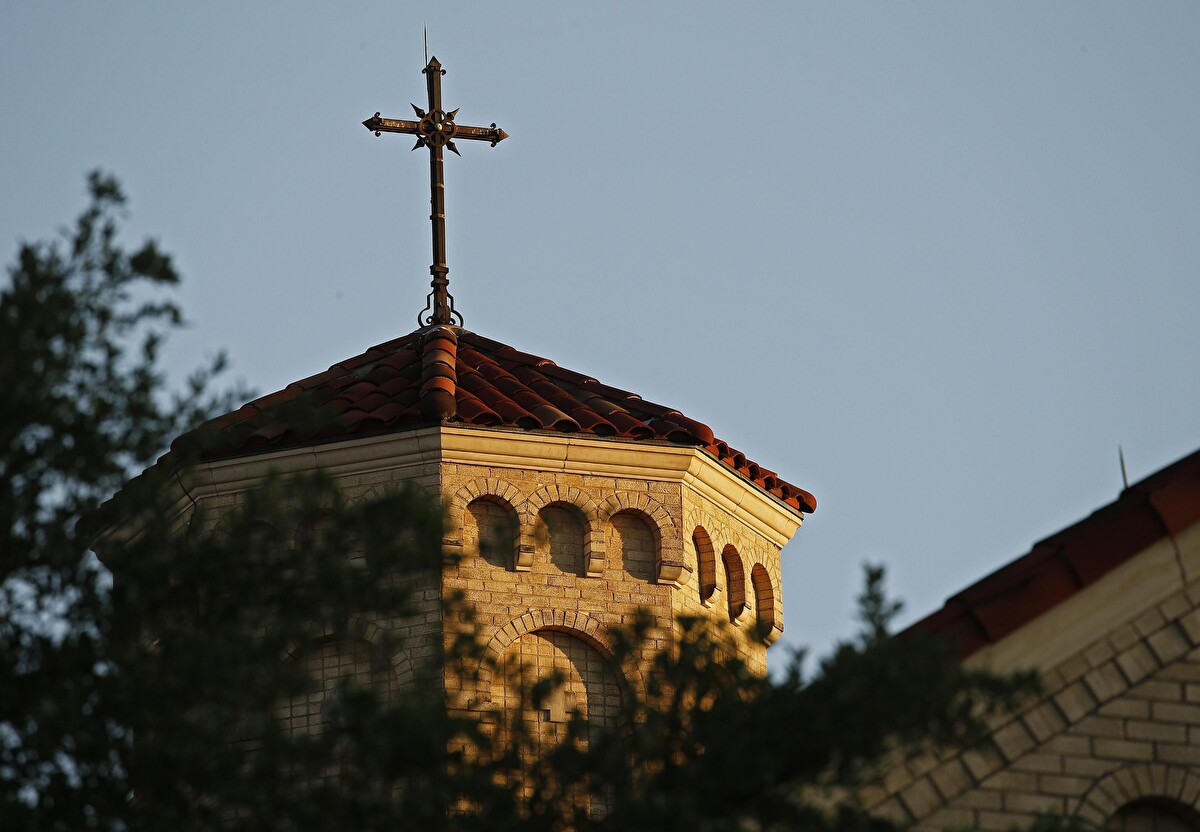In the early hours of a quiet morning in Jerusalem, the silence was broken by a somber siren. Families gathered outside Prime Minister Benjamin Netanyahu’s residence, clutching photos of their loved ones. Among them was Yuval Baron, whose father-in-law, Keith Siegel, is still held hostage in Gaza.
“We’re still stuck in October 7th, 2023,” he told Reuters, his voice heavy with a year’s worth of grief and frustration. For those standing there, time had frozen on that terrible day when Hamas militants launched an unprecedented attack, plunging Israel into war and igniting a conflict that continues to reverberate across the Middle East.
As the anniversary of the Oct. 7, 2023 attack passed, Israel found itself grappling with the aftermath of one of its darkest days. On that morning a year ago, Hamas militants fired rockets and stormed Israeli communities near the Gaza border, killing 1,200 people and taking around 250 hostages. The brutal assault marked a turning point in the Israeli-Palestinian conflict, setting off a chain of violence that has destabilized the region and drawn global condemnation.
In Reim, where over 360 festival-goers were killed and dozens more kidnapped, President Isaac Herzog led a memorial ceremony, starting with the final song played at the festival before the attack began. “We will remember always who kidnapped, who murdered, who raped, who slaughtered. At the same time, we have also seen extraordinary fortitude,” he said.
Across Israel, security forces remained on high alert, bracing for possible retaliation from Palestinian militants as the anniversary date approached. In the West Bank, movement was restricted with many checkpoints closed, and Palestinians with entry permits were notified that they would not be allowed into Israel that day. Meanwhile, in Gaza, the Israeli military announced it had thwarted another rocket attack, underscoring the ever-present tension along the border.

The war sparked by Hamas’ attack on Israeli soil has unleashed unprecedented destruction in Gaza, with almost 42,000 people killed, according to Palestinian health officials. Entire neighborhoods have been flattened, leaving the densely populated enclave in ruins and forcing most of its 2.3 million residents to flee. For many in Gaza, the past year has been a relentless cycle of bombardment and displacement, with no end in sight.
The conflict has also broadened, drawing in regional players like Hezbollah, the Iran-backed militant group in Lebanon. What began as limited skirmishes along Israel’s northern border soon escalated into a full-blown confrontation. Since early October, Israeli forces have launched airstrikes on Hezbollah positions in Lebanon and pushed into border villages in an effort to drive out fighters. The fighting has displaced over a million people in southern Lebanon, and Israel’s bombardment has killed more than 1,000 people, including civilians and Hezbollah fighters alike. Israeli officials, however, maintain that these operations are essential to secure the north and allow the safe return of Israeli citizens who were evacuated from the region.
The broader implications of this conflict have raised fears of a larger regional war. Israeli assassinations of key Hezbollah and Hamas figures, including a coordinated strike on Hezbollah’s communication networks, have led to retaliatory missile attacks from Iran. The situation reached a boiling point in earlier this month when Iran launched a second barrage of missiles towards Israel, prompting concerns that the conflict could spiral into a direct confrontation between the two nations.
In the year since the war began, the U.S. has provided Israel with a staggering $17.9 billion in military aid, the highest amount ever delivered in a single year. The sum, which includes everything from artillery shells and precision-guided bombs to financial support for Israel’s missile defense systems like Iron Dome and David’s Sling, is a testament to the U.S.’s unwavering commitment to its closest ally in the region. “No administration has helped Israel more than I have,” President Joe Biden stated, defending his administration’s support for the Jewish state.
Yet, the conflict has not come without significant costs for the U.S. as well. According to a report from Brown University’s Costs of War project, an additional $4.86 billion has been spent on bolstering U.S. military operations in the region. These operations include countering missile attacks on commercial ships by Yemen’s Houthis, another Iran-backed group that has aligned itself with Hamas. The U.S. Navy has been heavily involved in protecting key trade routes in the Red Sea, deploying aircraft carriers and other naval vessels to thwart Houthi strikes. This campaign has turned into the most intense naval battle since World War II, as the U.S. has been forced to use sophisticated multimillion-dollar missiles against relatively cheap Iranian-made drones.
The war has also reshaped U.S. military presence in the Middle East. At the time of the Hamas attack, there were 34,000 U.S. troops stationed in the region. By August, that number had surged to 50,000 as two aircraft carrier strike groups were deployed in response to the escalating conflict. While the total has since decreased to around 43,000, the U.S. military remains on high alert, prepared to respond to any further escalation, whether from Iran or its proxy groups in the region.
More than a year after the initial attack, Israel and its allies find themselves entangled in a war with no clear resolution in sight. For those like Yuval Baron, who are still waiting for the return of their loved ones, the struggle is both deeply personal and painfully unending. The war may have changed shape over the past year, but for many, the anguish of October 7, 2023, remains just as raw as ever.












